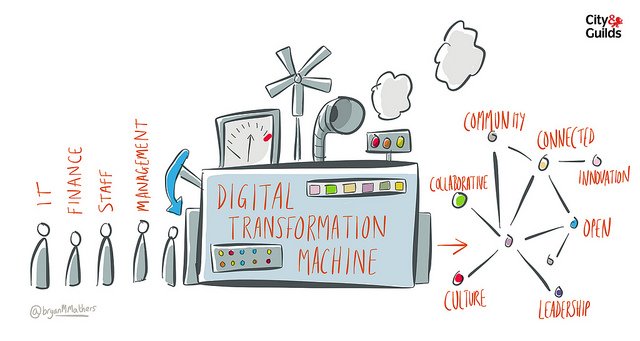Nancy Fraser (1990) adapted the notion of the subaltern to characterise the alternative discursive spaces occupied by subordinated social groups more generally, such as women, workers, peoples of colour, and gays and lesbians. She calls these spaces subaltern counter publics as they represent parallel discursive entities ‘where members of subordinated social groups invent and circulate counter discourses, which in turn permit them to formulate oppositional interpretations of their identities, interests, and needs’ (Fraser, 1990: 67). She considers the late-twentieth century U.S. feminist subaltern counterpublic as an exemplary form of parallel space which through its activities acted as a bulwark against patriarchal hegemony. These activities included the production of journals, the establishment of feminist bookstores and publishing companies, and the proliferation of forms of association and networking via film distribution, lecture series, academic programs, conferences and festivals. Fraser argues that this specific form of public sphere has allowed feminist women to invent different terms for describing their social reality, including ‘sexism,’ ‘the double shift,’ ‘sexual harassment,’ and ‘marital, date, and acquaintance rape.’ Armed with these forms of counter language, women were able to reduce the level of their subjugation and disadvantage in official public spheres (Fraser, 1990: 67)
She does acknowledge that such counter-publics are not always of the progressive kind or indeed pro-democracy – the words she uses is ‘virtuous’ and she suggest that counter-publics can be ‘explicitly anti-democratic and anti-egalitarian’. There are numerous examples of these, including anti-abortion campaigns, campaigns for the reintroduction of the death penalty and the large and vocal pro-gun lobby in the United States. These can all be classified as counter publics that aim to transform public opinion to more adequately reflect their specific interests (Gibson et al, 2011, 4).
The fact that these counter publics exists should not be viewed as a deficiency of democracy, however, or used to question the function of civil society – no one ideology has a monopoly on the right to be heard, voice opinion or push an agenda. What it does help to do is foreground the politics of the public sphere and the important but troubled relationship between civil discourse and political influence. While Fraser delivered a feminist critique of Habermas’ rigid split between the public and the private – a critique of the private sphere that has been put to good use in analyses of the value of domestic labour and ‘women’s work’ – she also helped to extend the notion of the public sphere by pluralising and classifying it. She makes a vital distinction between weak and strong publics: a strong public is one where not only discussion takes place, but also decisions are made. Weak publics are publics which discuss issues, but which have little chance of influencing decision making. The ability to access decision making processes may occur through having access to the states’ decision making bodies or being able to bring pressure to bear on them.
This weak/strong distinction has consequences for the purpose of the public sphere and civil society more generally, particularly when it comes to the issue of the balance between freedom and justice. Fraser reiterates the basic conception of civil society as a separate sphere from the state, an ‘informally mobilized body of nongovernmental discursive opinion that can serve as a counterweight to the state’ (Fraser, 1990: 75). But she argues that this extra-governmental character is both a strength and a weakness when it comes to publics. Although on the one hand, a sharp separation between civil society and the state ‘confers an aura of independence, autonomy, and legitimacy on the “public opinion” generated in it’, it deprives publics of an effective influence on decision making. She views parliamentary sovereignty as a form of a strong public, in that they embody both opinion formation and decision making functions.
But this form of direct democracy has its own issues and there are question marks over the extent to which powers should be separated and cordoned off. In particular, the degree of separation has consequences for accountability and the extent to which political and civil society should retain whatever relative autonomy they have left. It could be the case that the stronger the public, the less opportunity it creates for the generation of unfettered discourse. The danger with such levels of strength and influence lies in its tendency to conflate political and civil demands, which could end up undermining the purpose of civil society in the first place.
References
Gibson, A., Lewando Hundt, G. and L. Blaxter (2011) Weak and Strong Publics: Drawing on Nancy Fraser to Explore Parental Participation in Neonatal Networks. Health Expectations, 17, pp.104–115.
Fraser, N. (1990) Rethinking the Public Sphere: A Contribution to the Critique of Actually Existing Democracy. Social Text, No. 25/26, pp. 56-80.









